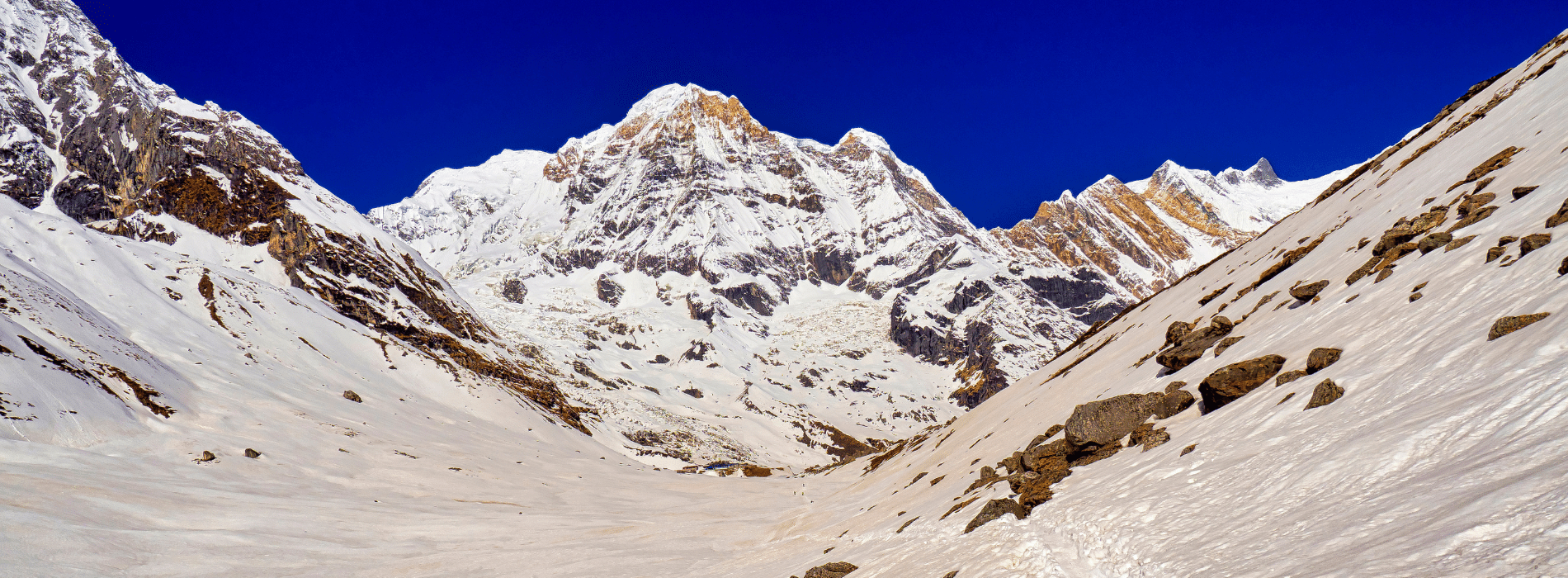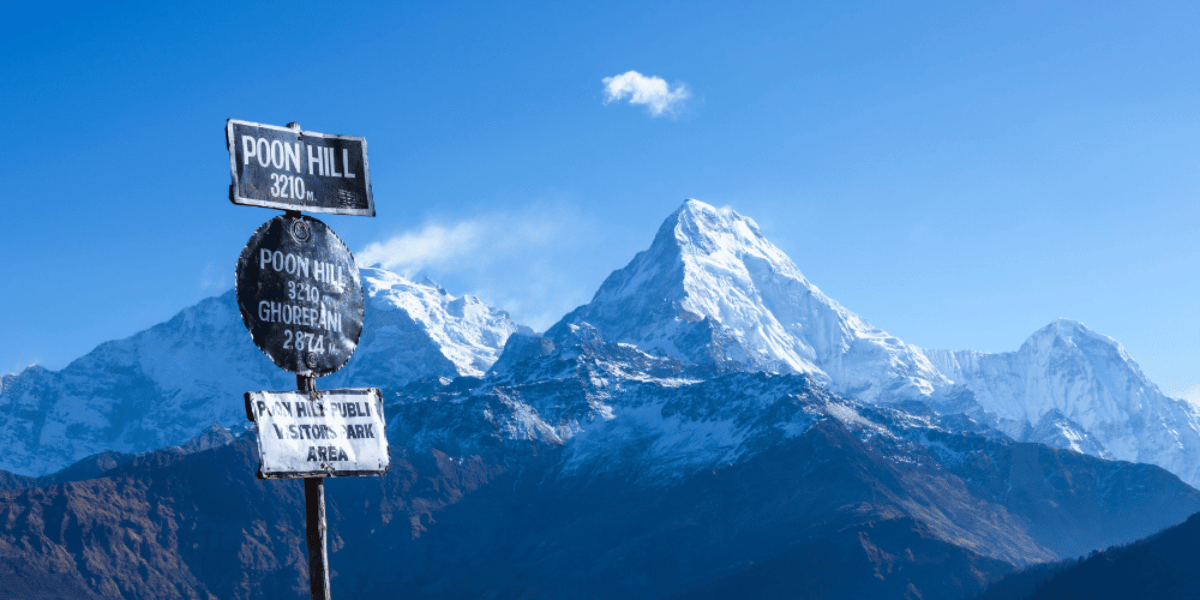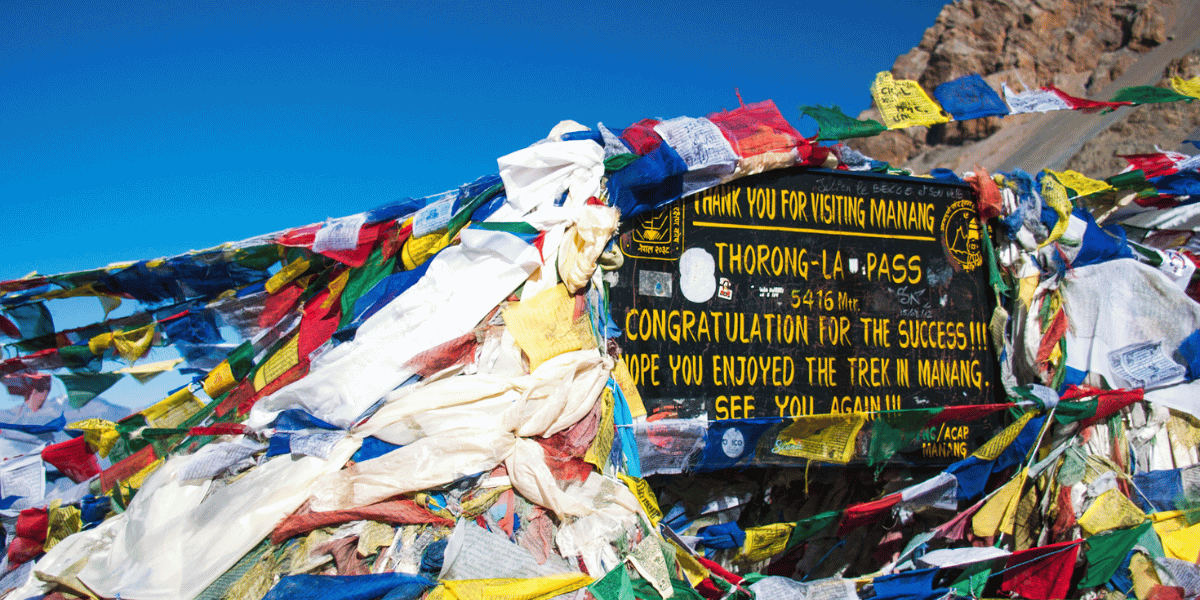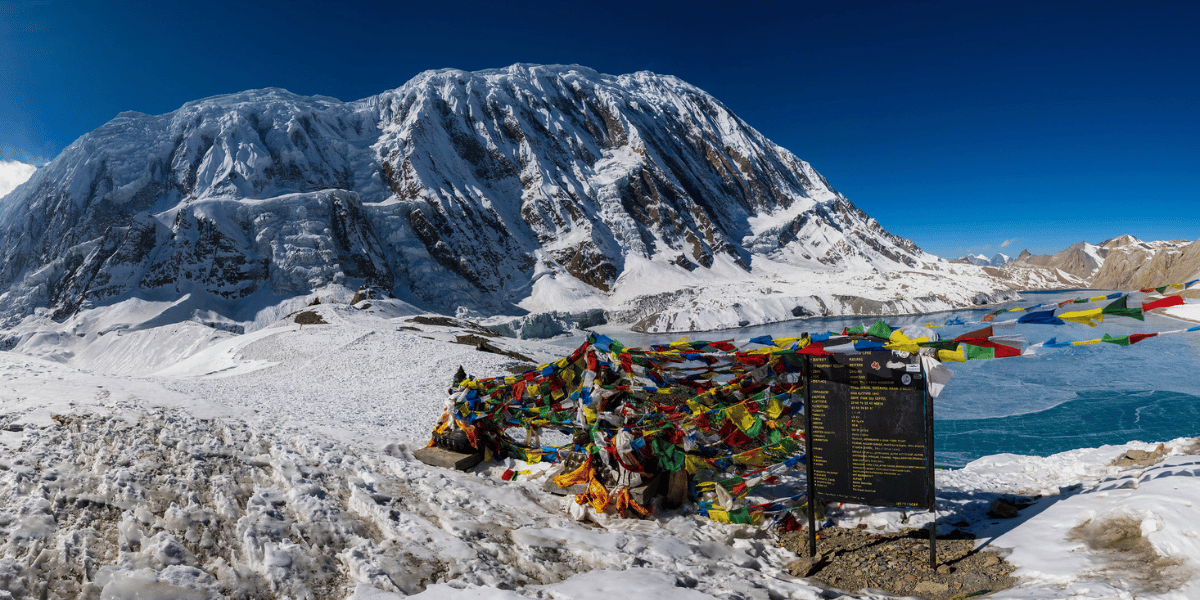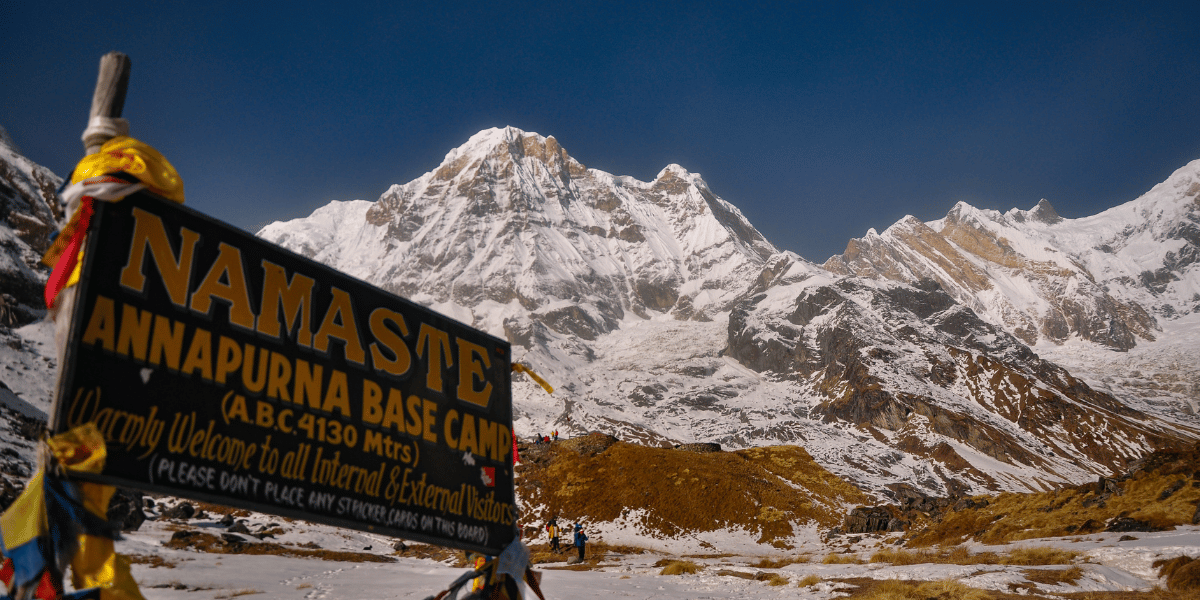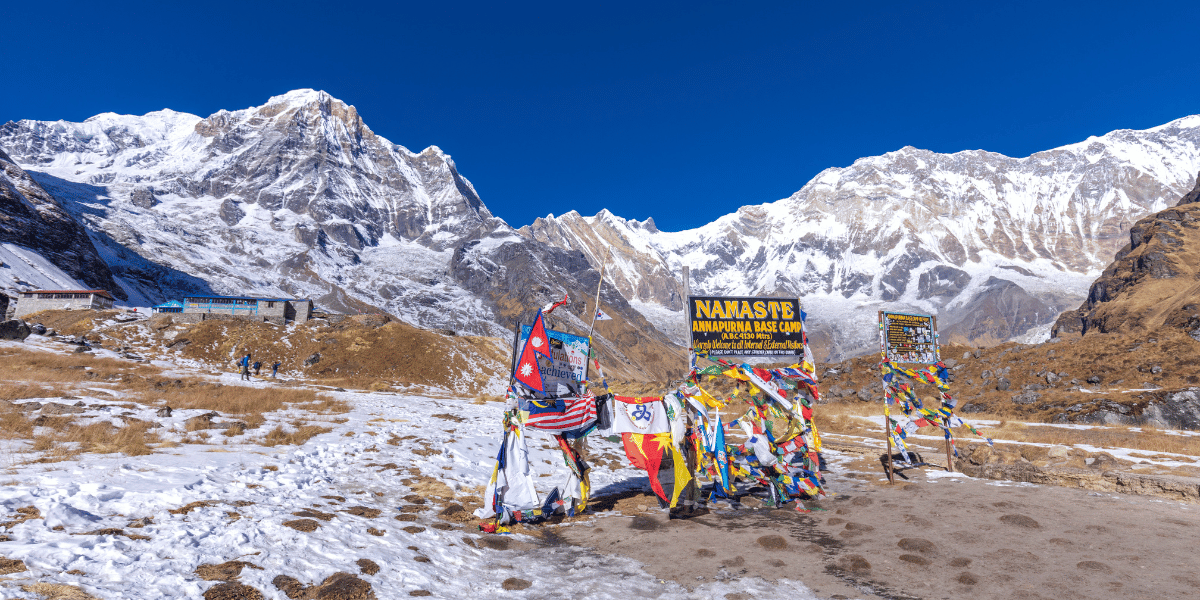The Annapurna Region in Nepal is one of the most iconic trekking destinations in the world. For Australians, embarking on a trekking expedition to this mesmerizing region not only offers a stark contrast to the landscapes down under but also provides an immersive cultural experience amid the towering peaks of the Himalayas. The Annapurna Region is teeming with biodiversity, indigenous communities, and a myriad of trekking routes that cater to both novice hikers and seasoned mountaineers.
Australians heading to the Annapurna Region often start their journey by flying into Kathmandu, Nepal's capital. From there, the city of Pokhara serves as the primary gateway to the Annapurna trails. Flights from Kathmandu to Pokhara are frequent, and the latter city provides a picturesque setting to acclimatize and prepare for the trek. Essential preparations should include obtaining the necessary permits such as the Annapurna Conservation Area Permit (ACAP) and the Trekkers' Information Management System (TIMS) card. While Australians do need a visa to enter Nepal, it's essential to ensure that passports are valid for at least six months from the date of entry.
The Annapurna Region offers diverse trekking options. The Annapurna Circuit, which takes roughly 2-3 weeks to complete, is a favorite among trekkers, encircling the Annapurna Massif and passing through a range of ecosystems, from subtropical forests to alpine zones. The Annapurna Base Camp (ABC) trek, on the other hand, is a shorter trek that leads trekkers straight into the heart of the mountains. Australians will be intrigued by the warm hospitality of the Gurung and Thakali communities, the therapeutic hot springs in Jhinu Danda, and the panoramic views of mountains like Annapurna, Machapuchare, and Dhaulagiri.
For Australians trekking in the Annapurna Region, acclimatization is crucial to prevent altitude sickness, especially if they're not used to high-altitude environments. It's recommended to undergo a health check-up before the journey and to be equipped with a comprehensive first-aid kit. Hiring local guides and porters not only supports the local economy but also ensures safer navigation through the trails. Travel insurance that covers trekking and possible emergency evacuations is a must, given the remoteness of the region.
The Annapurna Region trek is a must-do for Australians seeking an unparalleled hiking experience. With the right planning and precautions, it promises a journey filled with breathtaking views, cultural encounters, and memories to last a lifetime.


 Adventure
Adventure
 Couple
Couple
 Family
Family
 Luxury
Luxury
 Motorbike
Motorbike
 Photography
Photography
 Wildlife
Wildlife
 Yoga
Yoga
 Annapurna
Annapurna
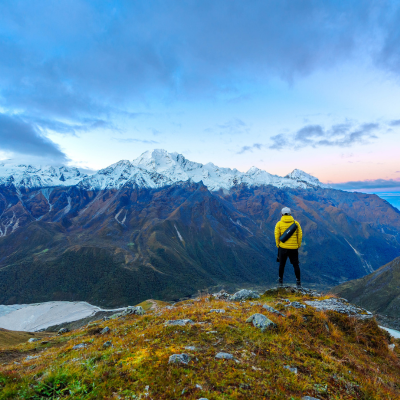 Langtang
Langtang
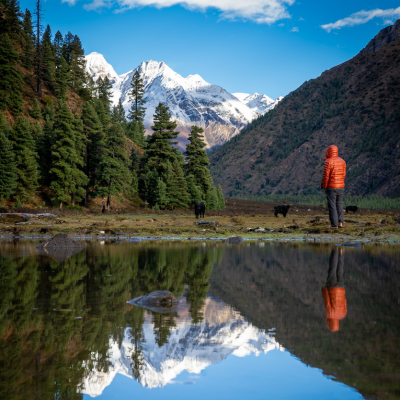 Dolpo
Dolpo
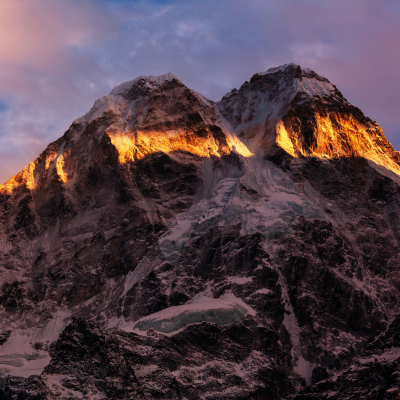 Eastern Nepal
Eastern Nepal
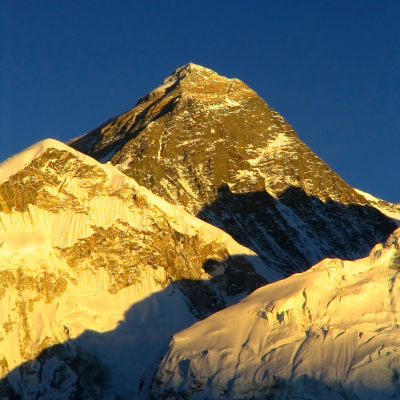 Everest
Everest
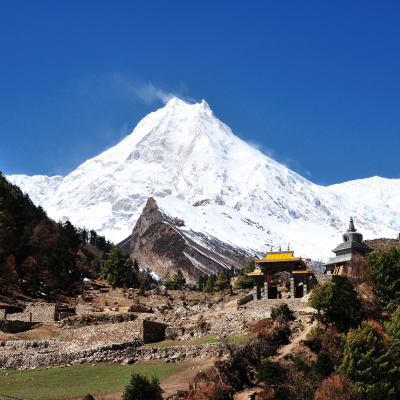 Manaslu
Manaslu
 Western Nepal
Western Nepal
